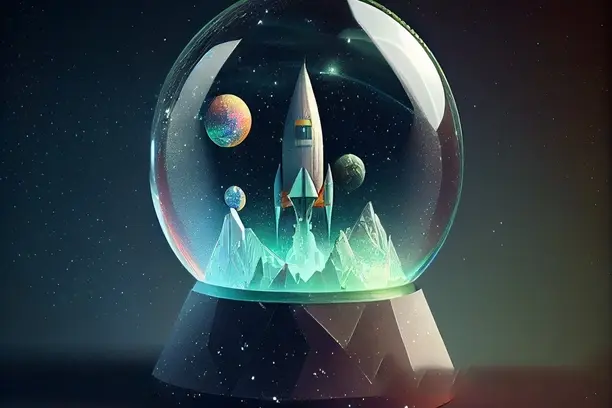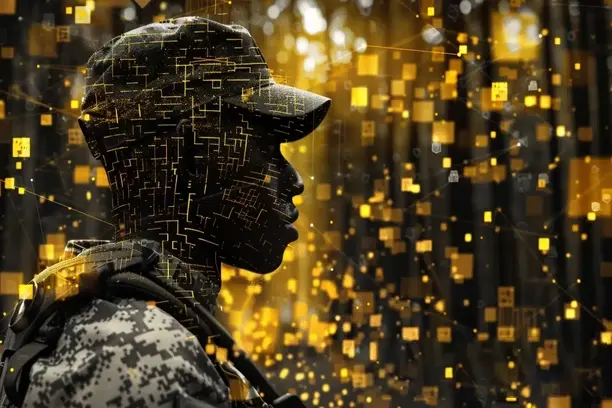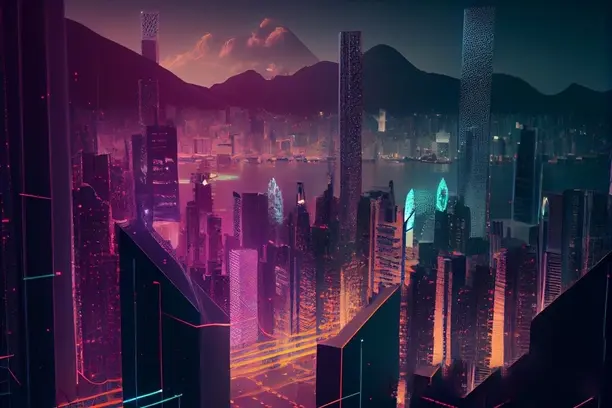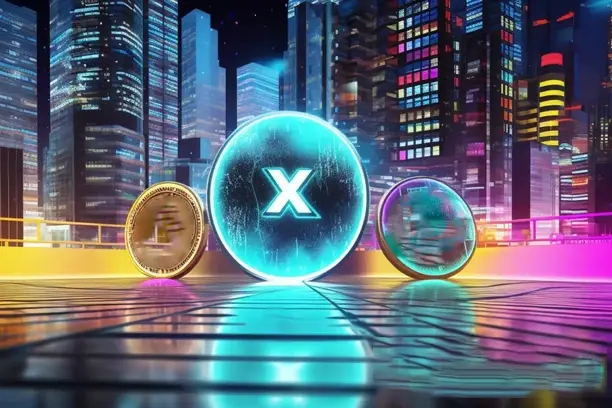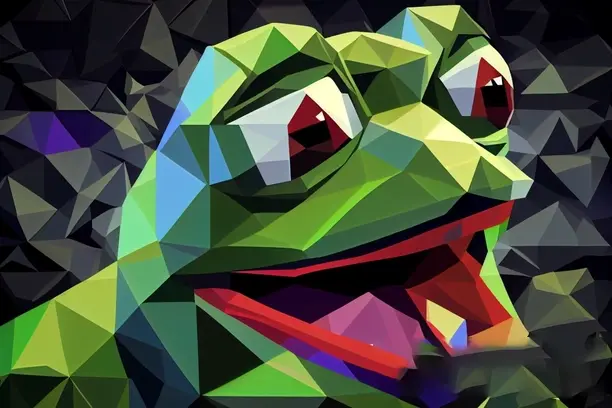What is the nature of Web3?
Web3 is a decentralized Internet architecture that represents the next generation of Internet transformation. It is based on blockchain technology and emphasizes decentralization, transparency and user sovereignty. Unlike the traditional Web 2.0 model, Web3 allows users to have complete control over their data, identity and digital assets. This article will provide an in-depth analysis of the core elements of Web3 and help readers understand how Web3 technology is reshaping the future of the Internet and the digital economy.

Web3: Redefining the Future of the Internet
Web3, the third generation of the Internet, is a fundamental reconfiguration of the existing Internet (Web 2.0) model. whereas in the Web 2.0 model, data and power were concentrated in the hands of a few giant corporations, Web3 is dedicated to putting users back in control of their data, identities, and digital assets through decentralized technologies.
Decentralization: Changing the Internet Power Structure
The most central feature of Web3 is decentralization. The operation of the traditional Internet relies on centralized servers and companies, such as Google, Facebook, Amazon, etc., which hold a large amount of user data and control of the Internet. Web3, on the other hand, through blockchain technology and smart contracts, decentralizes data and applications to various nodes around the world, eliminating the control of a single centralized entity.
Decentralization is not just a technological change; it also brings about a shift in power structures. Users will no longer be passive consumers, but active participants, able to directly influence network governance and decision-making.
Blockchain technology: the underlying pillar of Web3
Blockchain technology is the foundation of Web3, which ensures data transparency, security and immutability through a decentralized ledger system. The core advantage of blockchain is:
- De-trusted: Users do not need to rely on third-party agencies or intermediaries, and transaction records and data can be verified through blockchain technology.
- Immutability: Once data is written to the blockchain, it cannot be changed or deleted, ensuring the authenticity and integrity of the information.
- Transparency: every transaction on the blockchain is public and can be accessed by anyone.
Smart contracts, as part of the blockchain, automatically enforce contract terms, further enhancing the decentralized nature and automation of Web3.
User sovereignty: control of data and privacy
An important goal of Web3 is to put users back in control of their data. In the Web 2.0 era, user data was often collected by platforms and used for commercial purposes such as advertising and marketing. In Web3, on the other hand, users can control their identity and data through blockchain technology and cryptographic protocols, no longer relying on centralized platforms.
For example, with Decentralized Identifier (DID, Decentralized Identifier) technology, users can manage their digital identities on their own without having to go through centralized authentication services (e.g., Facebook, Google login, etc.).Web3 also allows users to own and trade digital assets such as cryptocurrencies, NFTs, and so on, giving the users more economic freedom.
Decentralized Finance (DeFi): Redefining the Financial System
DeFi (Decentralized Finance) is one of the key applications of Web3, which aims to remove the intermediary role of traditional financial institutions and allow users to conduct financial transactions directly. Through smart contracts and blockchain technology, the DeFi platform provides financial services such as lending, trading, and insurance.
DeFi not only improves the efficiency of financial services, but also provides access to financial markets for unbanked users around the world. Based on data from early 2024, DeFi's Total Value Locked Position (TVL) is approaching $100 billion, demonstrating the enormous potential of decentralized finance.
NFT and Digital Assets: Web3's New Form of Economy
NFT (non-homogenized tokens) is another important application in Web3, representing the ownership of digital assets.NFT can be used not only as a representation of a work of art, but also for game props, virtual land, and many other purposes.
With the explosion of the digital art market, NFT has become an important part of the digital economy. Creators can interact directly with their fans through NFT without relying on the platform, and also receive royalties on each resale, further enhancing Web3's appeal to creators.
The difference between Web3 and the traditional Internet
Web3 is not just a technological advancement, it also represents a brand new concept. In the traditional Web2.0 Internet, the role of the user is more of a consumer of information, while Web3 gives the user more control and participation. Through a decentralized structure, Web3 allows users to directly participate in the governance and decision-making of the platform, achieving a more fair and transparent network environment.

Transition from Web 2.0 to Web 3
While Web 2.0 relied on centralized databases and servers, Web 3 relies on decentralized blockchain networks. This shift requires a great deal of technological innovation and faces many challenges, including performance, privacy protection, and legal compliance. As blockchain technology continues to advance, the future of Web3 is becoming more and more clear, especially with promising applications in finance, entertainment, gaming and other fields.
Blockchain Scalability and the Development of Web3
Although blockchain technology provides decentralization and security guarantees for Web3, blockchain itself still faces scalability issues. As the number of users and transactions increases, existing blockchain systems (e.g., Bitcoin, Ether) may face problems such as network congestion and high transaction fees.
To address these issues, developers are working on new blockchain architectures such as sharding technology, Layer 2 solutions, and more. These innovations will further drive the popularity of Web3 and make it more globally actionable.
The Future of Web3: Challenges and Opportunities
Web3, as an innovative technology, is generating heated discussions worldwide. Despite its great potential, Web3 faces many challenges, including technical feasibility, regulatory issues, and user education.
However, with the continuous development of blockchain technology and the expansion of application scenarios, the future of Web3 is still full of opportunities. In the future digital economy, Web3 has the potential to become a key game-changing technology.
Conclusion: Towards a decentralized future
Web3 represents the future of the Internet, which is not only a technological advancement, but also a profound change to the existing Internet ecosystem. From the concept of decentralization to the application of blockchain technology, to innovations such as DeFi and NFT, Web3 is gradually changing our digital life. Although its popularization still faces many challenges, with the continuous maturation of technology and the expansion of application scenarios, Web3 will surely become an important part of the next-generation Internet.
In the wave of Web3, users will be freer to control their digital assets and data, and the core value of the Internet will move from platform centralization to true decentralization.

